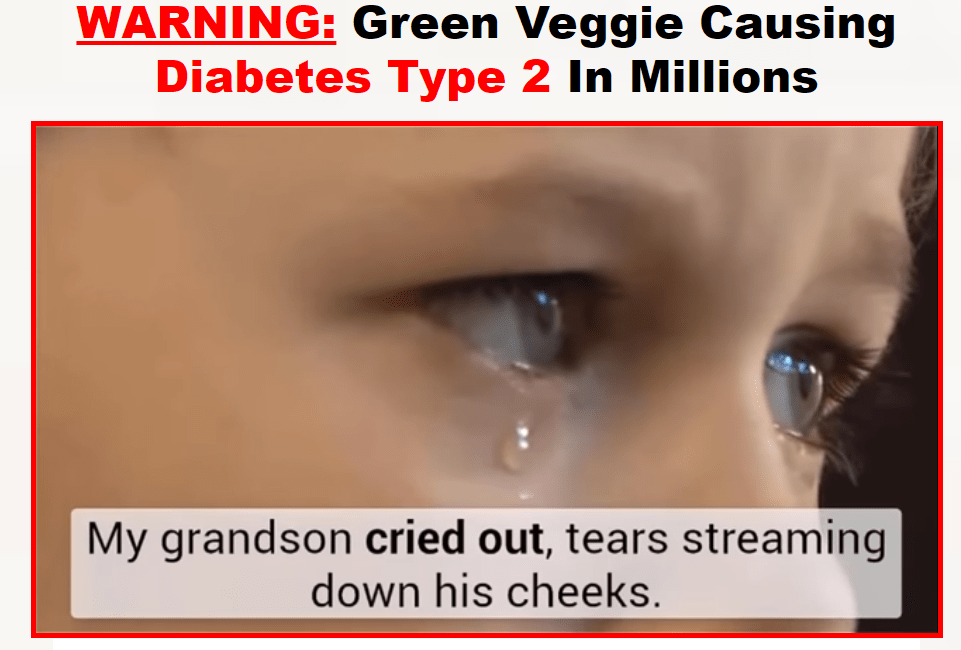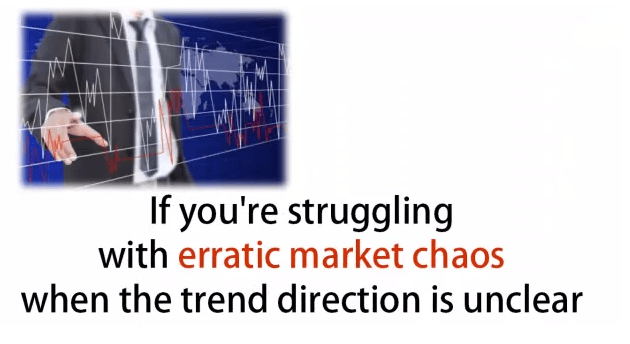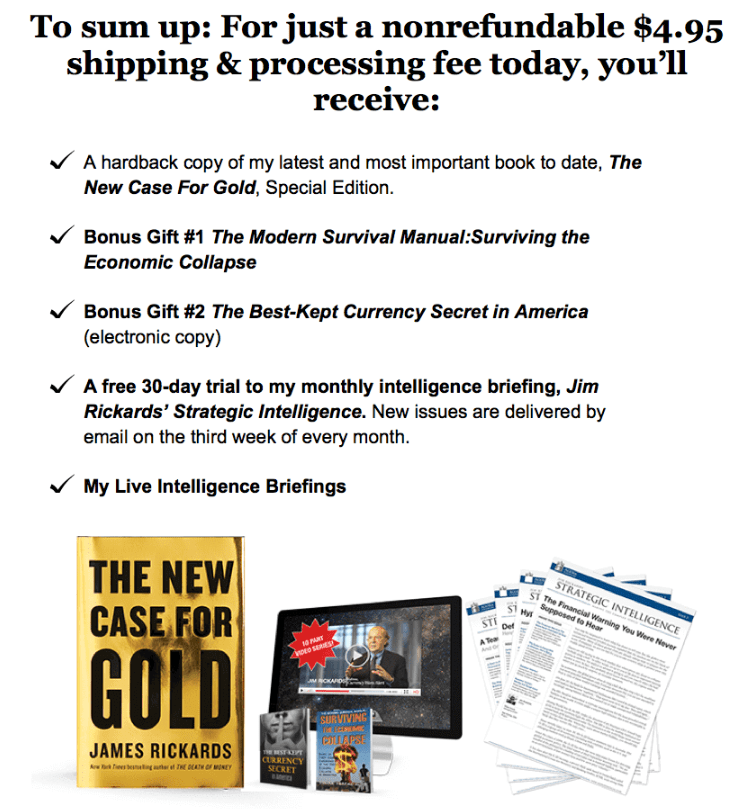Writing a 40-page sales letter is what most copywriters and advertisers do.
It takes weeks, if not months, to write the sales letters and integrate them into a campaign.
Not good.
That’s time you could be making money.
…Refining your target audience.
…Planning new campaigns.
That’s where a video sales letter comes into the picture.
This takes the traditional sales letter and translates it into video format.
It’s easier to consume by the audience, which can drive conversions faster.
But there’s a problem.
You need to write a video sales letter script that rains money.
Don’t know how to do that? No problem. Keep reading because I’ll be teaching you in today’s article.
How to Write a Video Sales Letter Script
Follow these seven steps if you want to write an effective video sales letter script that hooks a viewer’s attention and gets them emotionally invested in buying your product.
Step 1: Hook Their Attention ASAP
The first few seconds of a VSL are unarguably the most important.
Do you know why?
Because people have the attention span of goldfish. And, no. I’m not joking.

That means if you don’t get someone’s attention very fast, they are going to click the back button on their browser and forget about you.
If nobody watches your VSL, you generate no money.
Here’s the first task I have for you: visit the ClickBank marketplace and filter the results for any category by the highest “Gravity.” Think of this as a popularity and success metric.

Navigate to an offer’s landing page, which will almost 100% of the time have a VSL.
Watch it.
Take notes.
Study it.
Interestingly enough, you’ll notice that all of these VSLs tend to use the exact same strategies and templates.
Do you know why? Because they work really damn well.
The first thing they use is an attention-grabbing hook which can be created by an interesting stat, shocking statement, or question.
Here’s an example: “Are you on the ketogenic diet? 80% of people do it wrong without knowing and never lose weight.”
This is the first slide of a VSL for a currency trading product:

The headline promises the benefit of finding the best trends to increase winning odds while reducing unnecessary losses.
Below this, the VSL begins with a common question traders ask themselves, which gets them interested in listening.
That brings me to my next point.
Step 2: Tell a Personal or Fictional Story
The second component of writing a successful VSL script is to include a story.
Storytelling is one of the most effective ways to engage people and hold their attention.
Heck, we evolved to tell stories around fires, through cave art and other means.
It’s one of the deepest ways to connect with someone’s emotions.

Storytelling is scientifically proven to:
- Activate various parts of the brain that helps the reader connect their own experiences and ideas. This is called neural coupling.
- Help the reader listen to both the story and the speaker.
- Release dopamine, making the story easier to remember and with greater accuracy.
There are a few ways you can approach storytelling in a video sales script too.
The first is to create a fictional story that relates to the product you’re selling.
But, please. Don’t go overboard and claim someone used your product, made $1 billion, got a six-pack, and became 20 years younger.
That’s a great way to get sued. 😉
Instead, use fictional stories as a way to help the viewer relate to the topic.
Look at the VSL for this health product for illustration:

The story talks about the painstaking ordeal of having to witness a loved one get rushed to the hospital because of poor health.
It later ties into the idea that there is a natural way to cure the viewer’s ailment while presenting the product.
Note that they don’t claim the product achieved relates to the story; it merely helps paint a picture in the viewer’s mind.
However, if you do have a real-life story, feel free to share it.
This will have a much larger impact on the performance of the VSL and the sales it generates.
Learn more about psychology and copywriting in my video:
Step 3: Bring Their Pain Points to Life
One of the most important aspects of copywriting is addressing the customer’s pain points.
You see, nobody buys something for logical reasons. (Even if they say so.)
The reality is that we all buy products and services to resolve emotional, primal, or frankly—irrational desires.
Take, for example, someone trying to lose weight with a ketogenic diet.
Sure, they want to become slimmer. But why is this? It could be because:
- They want to be a better role model for their kids.
- They don’t like what they see in the mirror.
- They have low confidence and self-esteem.
- They have a lack of energy, zest for life, and motivation.
- Etc.
There are much deeper reasons inspiring the weight loss journey, and that’s what you need to target in all cases while writing a VSL script.
Address the pain point of your particular audience. Elaborate on the symptoms and the emotions and experiences it creates.
Referencing the currency trading example from earlier, you can see that they target a pain point of traders early on in the VSL:

How to find your audience’s pain points
You’re probably thinking, “How do I find out these things in the first place?” The answer is market research.
It’s one of my favourite steps during the copywriting process when writing sales copy for my clients or personal projects.
You want to collect as many relevant resources as possible, like:
- Blog posts
- Videos
- Buyer personas
- Product details
- Market reports
- Social media conversations
- Surveys and questionnaires
- Etc.
Anything and everything that tells you about the ideal customer or the product needs to be collected and organized. Then, ask yourself the following questions:
- Who are they?
- Why do they need the product? What pain does it solve?
- What purpose does it serve them? How will they use it?
- What questions do they have?
- What objections would they have?
- Price, delivery, performance, reliability, service, quality, efficiency, etc.
- What motivates the buyer?
Don’t be surprised if this process takes days or up to a week or longer. It will set the foundation for a VSL script and the results it generates.
So, take your time. Become an expert on the audience, market, and product.
Step 4: Provide a Solution
At this point, the viewer is pushed over the edge and wants their problem to be solved.
It’s now time to provide a solution. This is your product or service.
Be their knight in shining armour and introduce the product’s features and benefits.
Features are factual pieces of information like ingredients, materials, sizing, and colours.
Benefits are the experiences and emotions that these features create. Customers are after benefits most of the time.
Take, for example, a debt relief service.
The features might include helping customers get out of debt, increasing their credit score, and getting back on good footing financially.
The benefits of this would include less stress, not getting hounded by debt collectors, being able to buy or rent nicer homes and being able to afford their children more things.
That’s what customers are truly after. So don’t make the common mistake of only focusing on features.
This will bore them.
Emphasize the benefits that your product will deliver, and customers will thank you with their credit cards.
Step 5: Establish Credibility and Proof
You can have the greatest product in the world, but people need to trust you to buy it.
Think about yourself.
When was the last time you bought something from a brand that wasn’t Amazon or a household name?
It’s probably rare, but when you do, you perform research, watch testimonials, and carefully inspect the business you’re buying from.
It makes sense.
You want to protect your hard-earned money and information. Do not give it to a charlatan.
92% of customers read online reviews before buying as well.
It allows them to be confident and gives them perspective about what it’s like to use your product.
Include testimonials from previous customers while writing a VSL script.
These can be in the form of text and images or a video like this:

Credibility can also be built by explaining your experience, expertise, and history with the product or industry.
For example, I could say:
Hi, my name is Carmine Mastropierro. If you’re wondering how I’m qualified to teach this course, here’s a little bit about myself:
- I have over eight years of experience copywriting for big brands like Neil Patel, GoDaddy, and Forbes.
- I’ve helped clients generate up to five figures in MRR and 300%+ organic traffic.
- Students of mine have made thousands per month using the strategies found inside the course.
Statistics, data, case studies, and screenshots of results are other effective methods for building credibility and offering proof.
That brings me to the next point.
Step 6: Give Them a Bonus
How do you get someone to act now and purchase the product after sticking around for all of these parts of a VSL?
Bonuses.
After all, who doesn’t like free stuff?
Bonuses are a very common tactic to boost conversions and engagement because they instantly add value to your campaign.
This sales letter focused on gold investing includes a bonus on the secrets of currencies, for example:

You can include e-books, courses, masterclasses, and PDFs as bonuses.
Step 7: Tell Them to Make the Purchase
The big enchilada.
This is the step where you ask for the purchase.
I suggest that you focus on reinforcing the benefits of the product, listing the bonuses they’ll receive, and displaying a money-back guarantee.
Clearly show them what they are getting and remind them all every detail.
As the old saying goes, tell them, tell them again, and tell them once more.
This is good, just in case viewers have forgotten the offer.
Use a call to action such as:
- “Order now”
- “Visit this URL”
- “Call us”
- “Buy now”
- Etc.
The CTA will depend on the exact offer. Read my guide on call to action copywriting to learn more.
This summary at the end of the same financial sales letter I showed above is a great example:

It clearly lists everything the customer will receive and for how much.
Wrapping up How to Write a Video Sales Letter Script
VSL copywriting is one of the hardest forms of writing.
It’s the process of taking what is often a 40-page assignment and condensing it into a video.
However, it doesn’t have to be hair-pulling stressful.
Begin by writing a hook that gets viewers intrigued to hear more about it.
Use a shocking statement, ask a relevant question, or cite a fascinating statistic.
Then, tell the story of a previous customer, yourself, or a fictional tale within reasonable limits.
This helps the viewers emotionally connect to the VSL and keeps their attention held longer.
Vividly address the viewer’s pain points after this. What problems are they struggling with? What are the symptoms? How is it affecting their life? What emotions do they feel?
This is one of the most critical parts of the VSL. You need them to feel urgent and emotional to make a purchase.
Naturally, this leads to presenting a product as a solution. Cover the features, benefits, and use bullets if needed to quickly summarize this information.
Leverage testimonials, credentials, statistics, studies, and screenshots of results as proof. This builds trust and helps lift conversions.
But, wait. There’s more! Throw in a couple of bonuses like PDFs, videos, courses, e-books, etc. Something that adds extra value and keeps them interested.
Ask for the purchase. Tell them exactly what to do, whether that’s clicking a link, visiting a URL, or calling a phone number. Remind them how much the product is and the incredible benefits it offers.
You can also enroll in my Marketing Academy and get mentorship from me to speed up the learning process.














